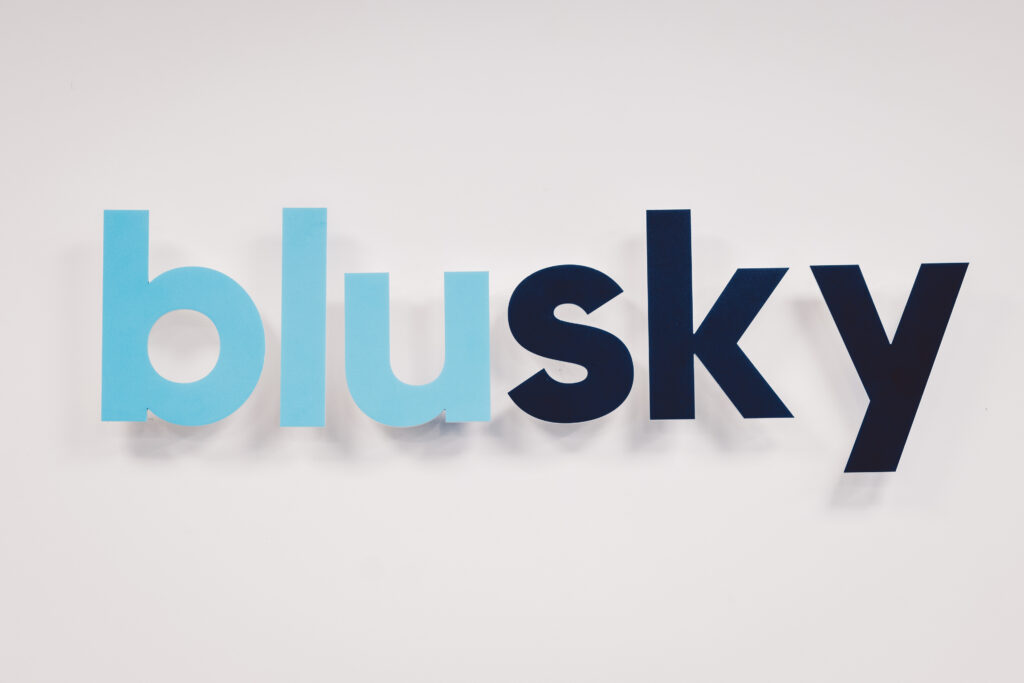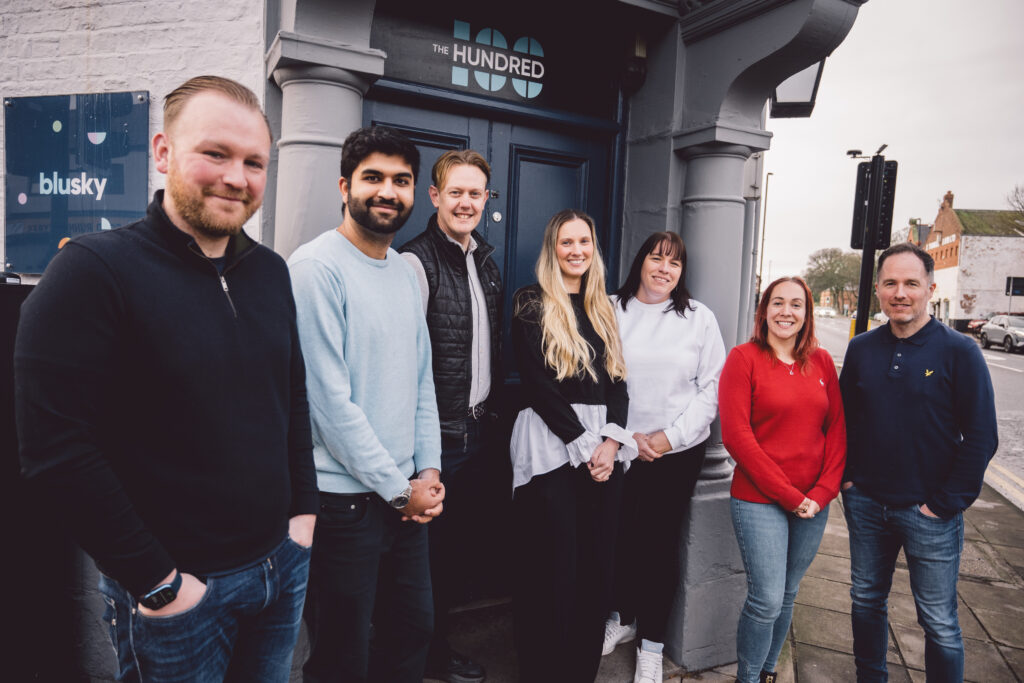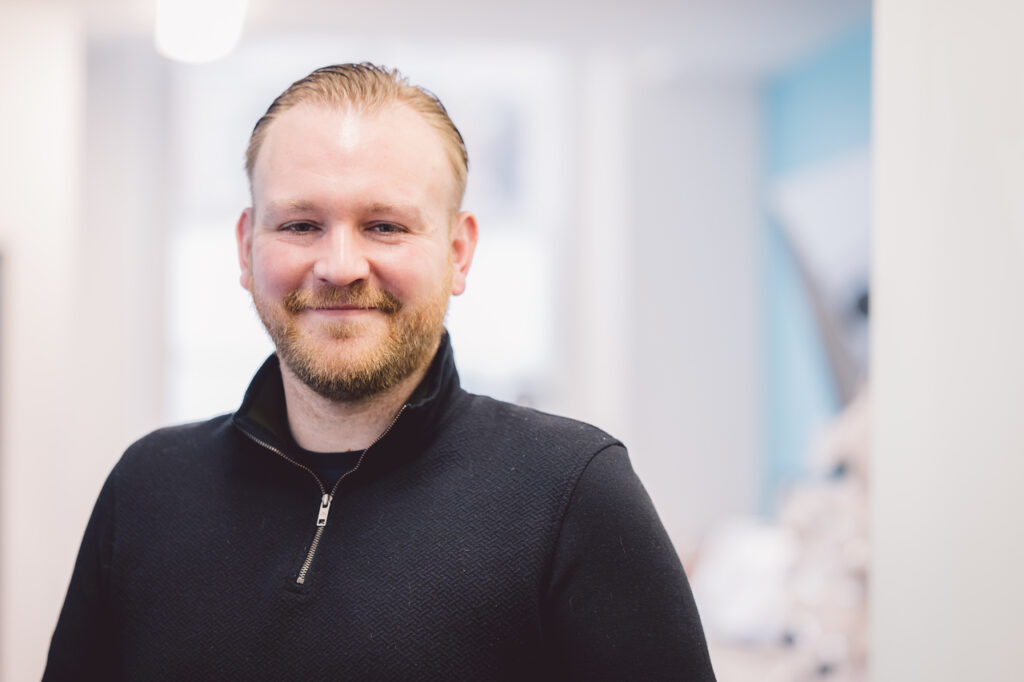“Planning!? I have not got time to do that”.
Just the other week I heard an SME business owner confidently announce that ”the only planning I need to do is work out whether I need to double sales this year from £7m to £14m or not.”
WOW!!
I instantly felt sorry for his team, his bank manager, his suppliers, his customers, his family and most of all HIM! Will the business succeed, will the business fail, let’s flick a coin and hope for the best.

So, what’s the point of planning at all? Does my business really need to set a budget and forecast? These are the question I get asked a lot, and I mean usually 2-3 times a week.
It is an easy answer.
YES! 150% you must plan and if you want to grow and scale your business, 250% you need to live for planning!
So here is the Blu Sky planning story…
Lets go back 10 years to when Dave & I Cofounded Blu Sky.
Back then, like most scale up businesses, we had two choices:
1. We could bury our head in the sand and be an ‘Ostrich’ or…
2. We could wake up and take a calculated guess about the challenges and risks that lay ahead.

We never really like Ostrich’s so option 2 it was!
“Well you would say that; you’re an accountant? It’s what you do so it must have been easy to predict the future?”
Easy? So here is a secret.
Back on day one of a business any cashflow forecast or financial model is very much a total GUESS based on a few well thought out assumptions, that are geared up to convincing probably yourselves first and then a few other key stakeholders that this crazy journey of starting a business is worth a punt.
Believe it or not, accountants just don’t have a crystal ball, if you hear any accountants say otherwise, well you can use the words of Jimmy Nail… ”You’re lying!”

So what is the point of planning?
Simple…
This is the start of opening your business eyes to the challenges, successes and decisions that are going to be needed to guide your business into life, adolescence, adulthood and then some!
“Well you must have had something?”
Yep, of course there was a revenue model of sorts – showing things like sales needed to breakeven. Lots of cost focus. The marketing budget needed to get some traction going. When the first employee might join in the fun. What office is needed. Which professional services we cannot afford not to have onboard to save us time and give much needed expertise (like accountants!). Then the big one: can we afford a coffee machine* vs Nescafe Gold!

All of these were guesses though and certainly not set in stone . They could and were flexed to take in reality and hinged with the cautious undertones that a spreadsheet millionaire is usually a very poor one!
10 years ago it was all about getting that bigger picture view of a 3 way cashflow, P&L and balance sheet forecast spanning 3 -5 years into the great unknown – to give confidence, inspiration, a line in the sand benchmark that the business could reference scale and growth too!
So good news: we made it in 2018!
Did it all go plan? Of course not….
I am pleased to say we have had more ups than downs and the good news is our obsession with planning has allowed us to successfully navigate the risks that we have faced without too many major incidents.
Of course today we still have our big picture 5-year monthly 3-way profit and loss, balance sheet and cashflow forecast: this is now very much a strategic view of the future. Those early day guesses are now backed up with a whole bunch of experience and data around key areas like seasonality, payment days, wage to turnover ratios, plus lot’s and lot’s of learnings. It has definitely been an evolution of art with a bit of science thrown in there as well.

There are also many more layers to our planning now
Like most scale up businesses who are hitting their 10 year trading anniversary, this strategic view is complimented by a much more granular daily cashflow for the 1-3 month period ahead. This is an operational model to navigate the short term decision making horizon and is centered around credit control and working capital spend. This is much, much, more like reality.
Overlaying this we also have an annual budget and forecast to incentivize growth and control cost… Then finally we are back to the strategic view that links to our business strategy — marketing strategy—tech strategy —-people strategy —- delivery cycle…

So plan, plan, and plan again
And being a massive advocate of cloud accounting you may be surprised to hear we encourage you not to abandon excel completely. Definitely though it’s time now to embrace and utilise products such as Xero, BluPrints and others to help embed transparency, automation and synchronization across your planning process… That’s a whole other blog though.

So what’s next?
Well, our research and experience tells us that for a business to be successful it must have a planning mindset embedded into the management team, from top to bottom and back again.
It is definitely cheaper to forecast than to fail.
As the business moves forward the guessing becomes more calculated, confidence grows and it becomes easier and easier to see the opportunities and navigate / manage risks. With that comes the control and results that in the early days you so badly crave.
There are and always will be different levels of planning, and yes, it gets easier the more you do it and there are probably multiple plans running alongside each other that meet different criteria.

Is this any different from 10 years ago? Definitely not.
The really big difference now is that the best planners are using technology to get even better and better at planning. They might have an operational plan, a tactical plan, a control focused plan and a strategic plan. And with artificial intelligence combined with deeper and deeper data sets, the future will mean the guess work will be less and less and you maybe will have a crystal ball ?
*the coffee machine won, eventually…


